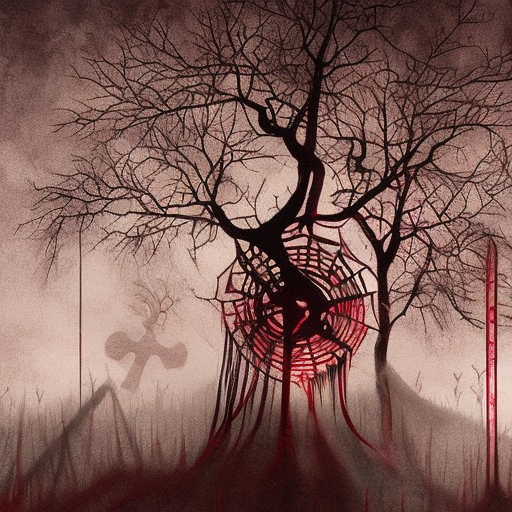Dial M for Murder (1954) – A Gripping Hitchcockian Thriller
Main Cast and Crew:
- Director: Alfred Hitchcock
- Writer: Frederick Knott (screenplay and play)
- Key Actors: Ray Milland as Tony Wendice, Grace Kelly as Margot Wendice, Robert Cummings as Mark Halliday, John Williams as Chief Inspector Hubbard
- Music Director: Dimitri Tiomkin
- Director of Photography: Robert Burks
- Producers: Alfred Hitchcock and Sidney Bernstein
In Dial M for Murder, Alfred Hitchcock masterfully weaves a tale of deception, betrayal, and murder. Set in London, the film follows former tennis champion Tony Wendice as he meticulously plans the murder of his unfaithful wife, Margot, to inherit her wealth.
As the plot unfolds, Tony hires an old acquaintance, Captain Lesgate, to carry out the murder. However, his carefully crafted plan takes an unexpected turn when Margot manages to defend herself and kill Lesgate in self-defense. Tony, determined to still frame his wife for murder, manipulates the evidence to make it appear as a premeditated act.
The film’s central theme revolves around the intricate web of deceit and the lengths people will go to protect their own interests. Hitchcock expertly explores the psychology of the characters, delving into their motivations and the consequences of their actions.
One of the film’s notable motifs is the use of telephone conversations, which play a crucial role in the unfolding of events. Tony’s meticulous planning involves setting up an alibi and coordinating the murder through a series of phone calls. These conversations not only heighten the suspense but also serve as a metaphor for the characters’ hidden agendas and the tangled web they find themselves in.
Upon its release, Dial M for Murder received positive reviews from critics and audiences alike. Hitchcock’s direction and the film’s tight screenplay were praised for their ability to keep viewers on the edge of their seats. The performances of the main cast, particularly Ray Milland as the calculating Tony Wendice and Grace Kelly as the vulnerable Margot, were also highly acclaimed.
The film’s legacy in cinema is undeniable. It solidified Hitchcock’s reputation as the master of suspense and further established his signature style. The use of confined spaces, intricate plotting, and psychological tension became hallmarks of his work. Dial M for Murder also marked Grace Kelly’s first collaboration with Hitchcock, leading to a successful partnership in future films.
For those who appreciate Hitchcock’s mastery of suspense and intricate storytelling, Dial M for Murder is a must-watch. The film keeps viewers guessing until the very end, with unexpected twists and turns that will leave them on the edge of their seats.
Memorable Quote:
“I’ve committed murder and I’ve framed my wife for it. If you think you can get away with it, you’re wrong. I’ve planned it too carefully, down to the last detail.”












